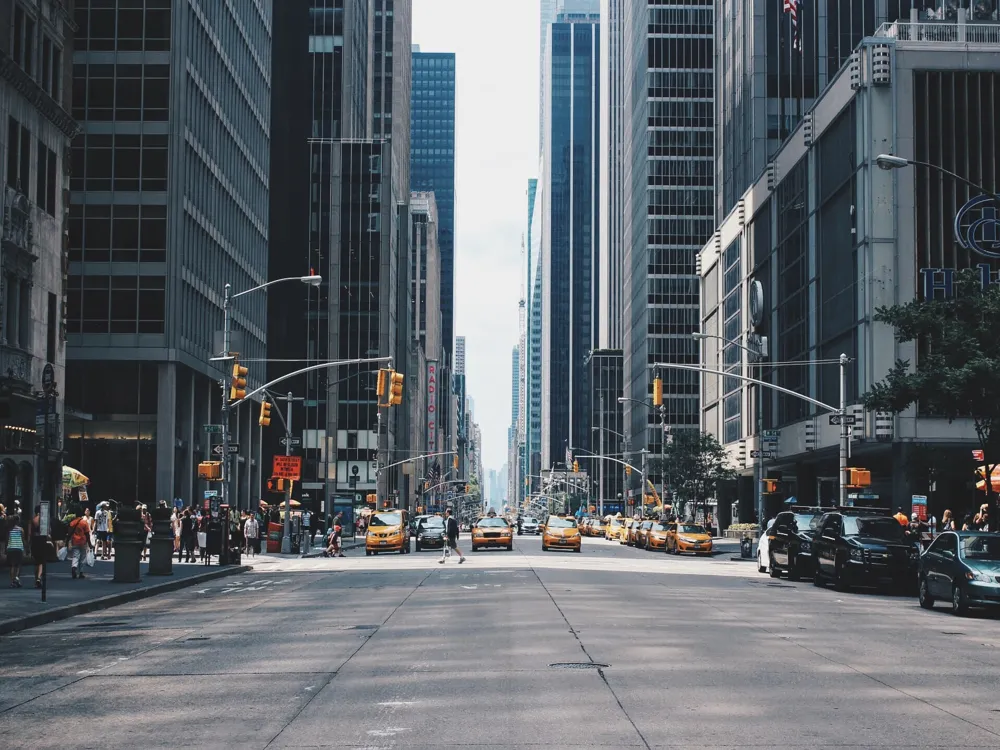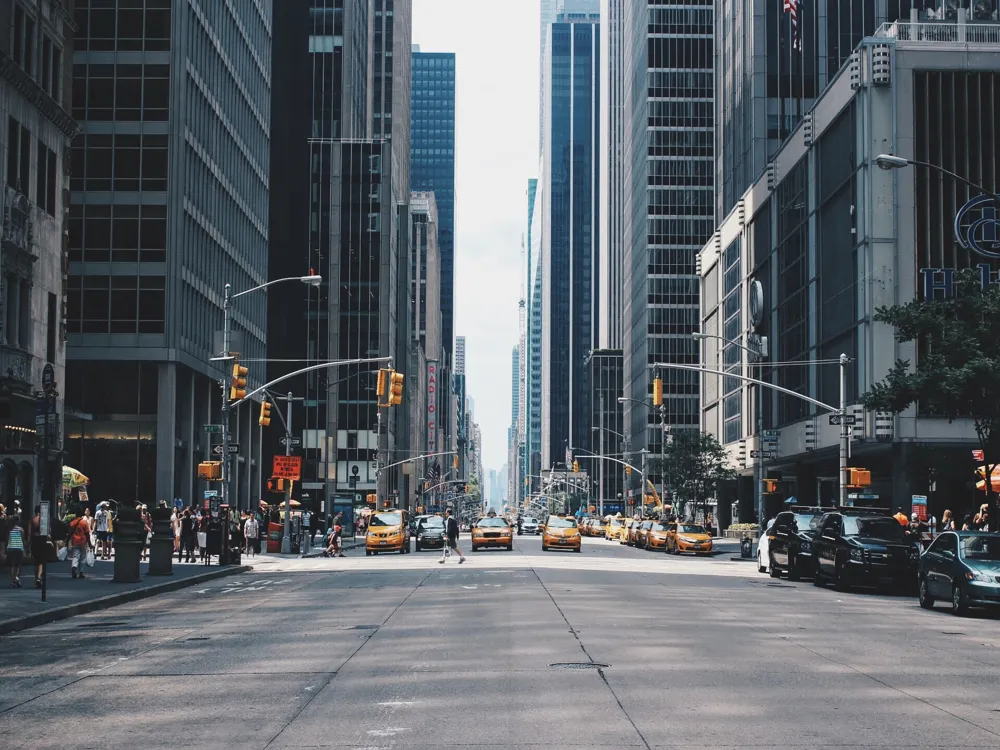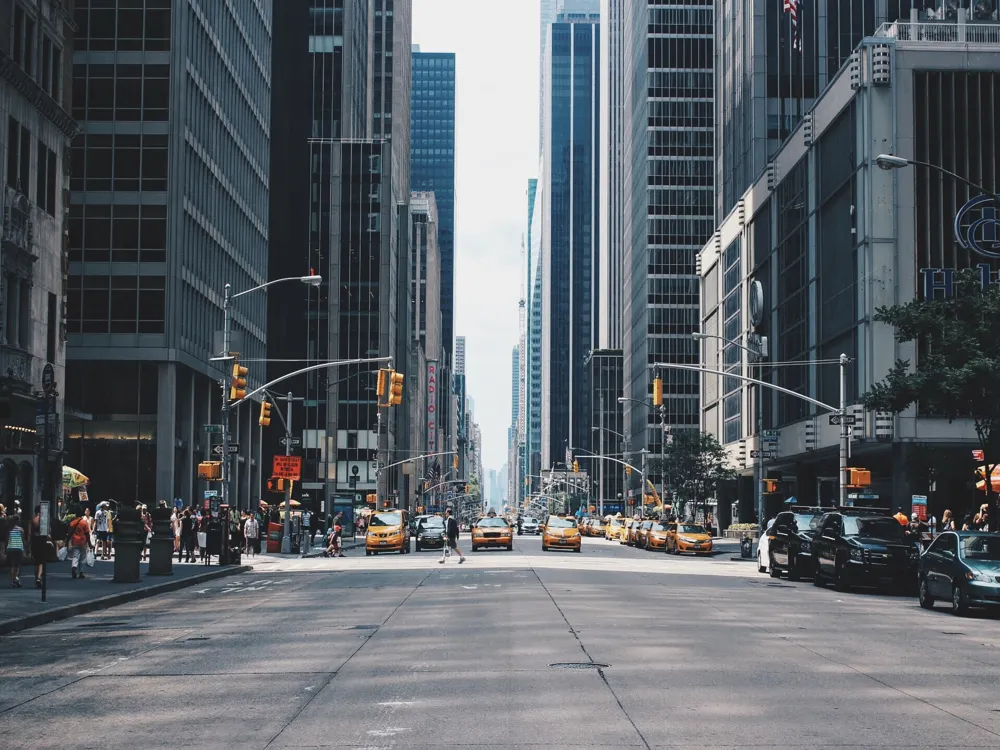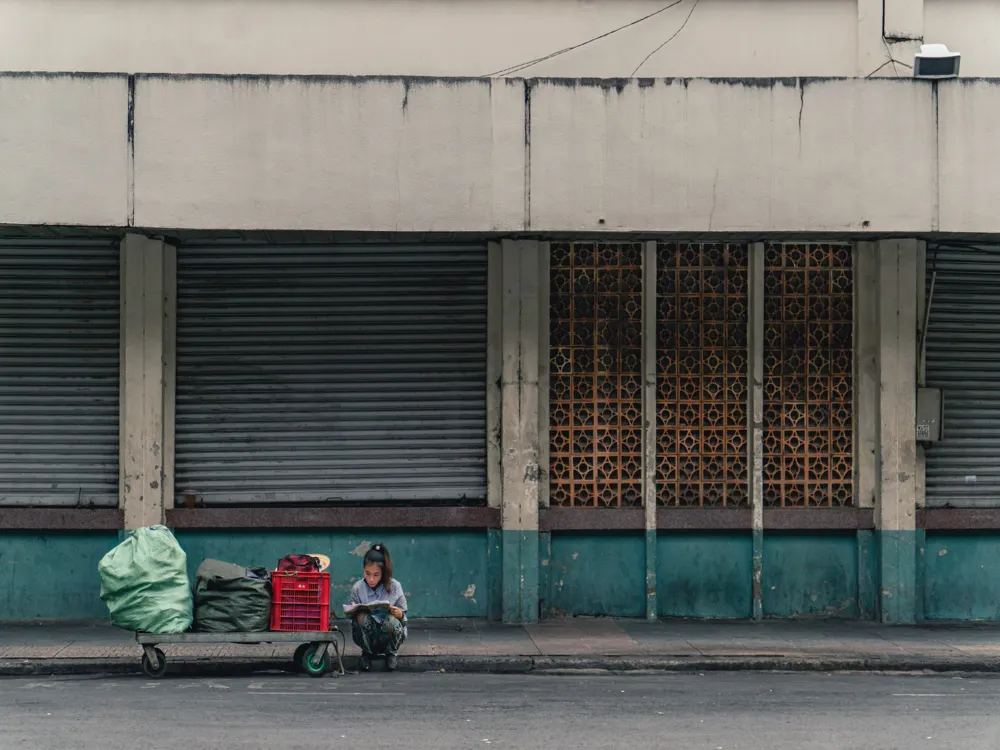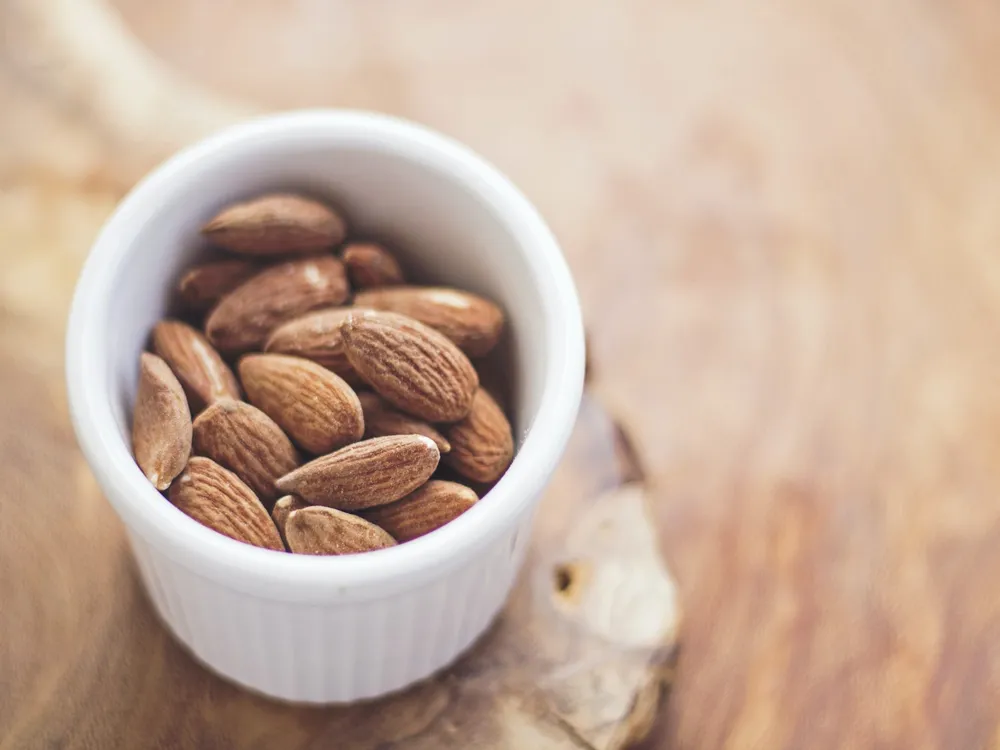Bui Vien Walking Street, nestled in the bustling heart of Ho Chi Minh City, is a vibrant embodiment of the city's dynamic spirit. This pedestrian street, often referred to as the backpacker district of Ho Chi Minh City, serves as a microcosm of the city's diverse cultural and historical tapestry. The street, buzzing with life, offers a unique blend of traditional Vietnamese culture and modern, international influences. The history of Bui Vien Street is as colorful as its present. Originally a quiet residential area, it transformed over the years into a hub for travelers from around the globe. This transformation has infused the street with a multicultural vibe, evident in its eclectic mix of shops, eateries, and entertainment options. The street's evolution is a testament to Ho Chi Minh City's rapid development and its embrace of global cultures while maintaining its rich Vietnamese heritage. Visitors to Bui Vien Street are greeted with a sensory overload. The aroma of street food, the kaleidoscope of lights, and the blend of music from different corners of the world create an atmosphere that is both exhilarating and overwhelming. The street food here is a highlight, offering a taste of authentic Vietnamese cuisine alongside international dishes. From traditional Pho and Banh Mi to more global offerings, the culinary experience on Bui Vien Street is a gastronomic adventure. Bui Vien Street comes alive at night, transforming into a lively party scene. Bars and pubs line the street, each with its own unique character, offering a variety of experiences from quiet, cozy corners to high-energy dance floors. This nightlife is not just about the party; it's a cultural experience, showcasing the youthful and energetic side of Vietnamese culture. Despite its modern vibe, Bui Vien Street has not lost touch with its roots. Traditional performances, street artists, and local crafts are a common sight, providing a glimpse into the rich cultural heritage of Vietnam. The street also serves as a window into the daily lives of the local residents, with small businesses and family-run shops dotting the landscape. The significance of Bui Vien Street goes beyond its role as a tourist attraction. It represents the changing face of Ho Chi Minh City, a city that is rapidly modernizing yet holds firmly to its past. It is a place where cultures converge, where the old meets the new, and where every visitor can find something to resonate with. Bui Vien Street is not just a destination; it's an experience, a slice of life in Ho Chi Minh City. Bui Vien Walking Street, a cultural landmark in Ho Chi Minh City, is a fascinating blend of historical and modern architecture. The street's design reflects the city's journey through various historical epochs, from its colonial past to its current modern identity. This architectural diversity gives Bui Vien Street its unique character, making it a visual feast for visitors and architects alike. The colonial influence on Bui Vien Street is evident in the French-style buildings that line the street. These structures, dating back to the French colonial era, are characterized by their yellow facades, tall windows, and ornate detailing. Many of these buildings have been repurposed into cafes, shops, and guesthouses, preserving their historical essence while serving modern needs. In contrast to the colonial buildings are the modern structures that have sprung up in recent years. These buildings, with their sleek designs and contemporary materials, represent the rapid urbanization of Ho Chi Minh City. They are a testament to the city's ambition and its embrace of modern architectural trends. One of the most striking aspects of Bui Vien Street's architecture is how these contrasting styles coexist harmoniously. The old and new buildings complement each other, creating a streetscape that is both eclectic and cohesive. This blend of styles is not just about aesthetics; it reflects the street's and the city's identity – a fusion of history and progress. The architecture of Bui Vien Street is also characterized by its vibrant street art. Murals and graffiti, created by local and international artists, adorn the walls of many buildings. This street art adds a layer of visual storytelling to the street, showcasing artistic expressions that range from traditional Vietnamese themes to contemporary social commentary. In addition to the buildings, the layout of Bui Vien Street contributes to its architectural appeal. The pedestrian-friendly design encourages walking, creating an intimate experience with the architecture and the street life. The absence of vehicular traffic allows the architectural details to be appreciated without distraction, enhancing the overall experience of the street. Read MoreOverview of Bui Vien Walking Street in Ho Chi Minh City
Architecture of Bui Vien Walking Street
Bui Vien Walking Street
Ho Chi Minh City
₹ 17,501 onwards
View ho-chi-minh-city Packages
Ho-chi-minh-city Travel Packages
View All Packages For Ho-chi-minh-city
Top Hotel Collections for Ho-chi-minh-city

Private Pool

Luxury Hotels

5-Star Hotels

Pet Friendly
Top Hotels Near Ho-chi-minh-city
Other Top Ranking Places In Ho-chi-minh-city
View All Places To Visit In ho-chi-minh-city
View ho-chi-minh-city Packages
Ho-chi-minh-city Travel Packages
View All Packages For Ho-chi-minh-city
Top Hotel Collections for Ho-chi-minh-city

Private Pool

Luxury Hotels

5-Star Hotels

Pet Friendly







